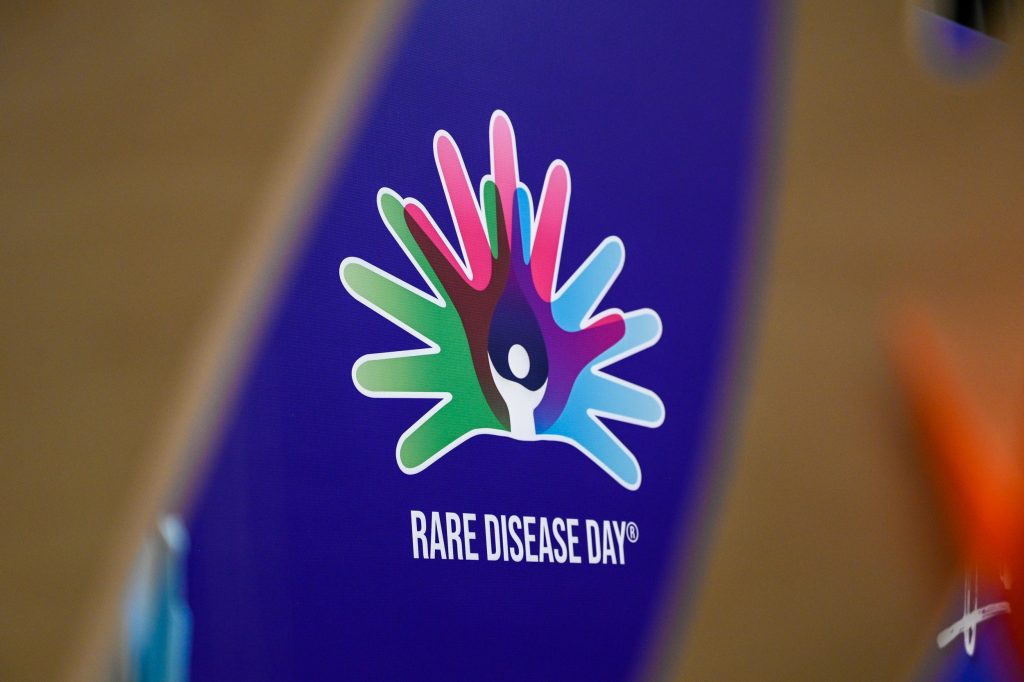Last week, the Embassy of Japan in Serbia and the Japanese company Takeda commemorated the International Day of Rare Diseases with the conference “Innovation for Rare Diseases.” The event, held on March 7, gathered state representatives, experts, patients, and activists to delve into discussions on the latest achievements in the field and to explore their potential applications in Serbia. Jelena Bojović, the director of the Centre for the Fourth Industrial Revolution of Serbia, addressed the panel dedicated to the role of registries in monitoring and assessing rare diseases.
The conference was officially opened by the Ambassador of Japan to Serbia, His Excellency Akira Imamura, who emphasized the significance of hosting a rare diseases conference in Belgrade. He highlighted its importance in raising awareness about these diseases, as well as the challenges faced by individuals with disabilities and their families.
Globally, there are between 6,000 and 7,000 rare diseases, affecting 6 to 8 percent of the world’s population. Approximately 80 percent of these diseases have a genetic origin and manifest themselves at an early age. However, only five percent of patients have access to adequate therapy. Bojović noted, “The therapy, each of which is approved and registered for the five percent of patients, is most effective when applied immediately after the diagnosis is established, ideally shortly after birth.”
In addition to Bojović, the panel featured Slađana Đukić from the Ministry of Health, Prof. Dr. Vesna Tomić-Spirić from the Clinical Center of Serbia, and Milena Argirović from Takeda Serbia.
The second part of the day hosted a panel titled “The Importance of Early Diagnosis of Rare Diseases,” with renowned experts including Prof. Dr. Arsen Ristić from the Clinical Center of Serbia, Olivera Jovović from the National Association of Patients with Rare Diseases, and Branka Rakić from the Institute for Artificial Intelligence of Serbia. Professor Ristić emphasized that timely diagnosis and treatment significantly increase patients’ chances of controlling the disease, halting its progression, and preventing disability onset.










